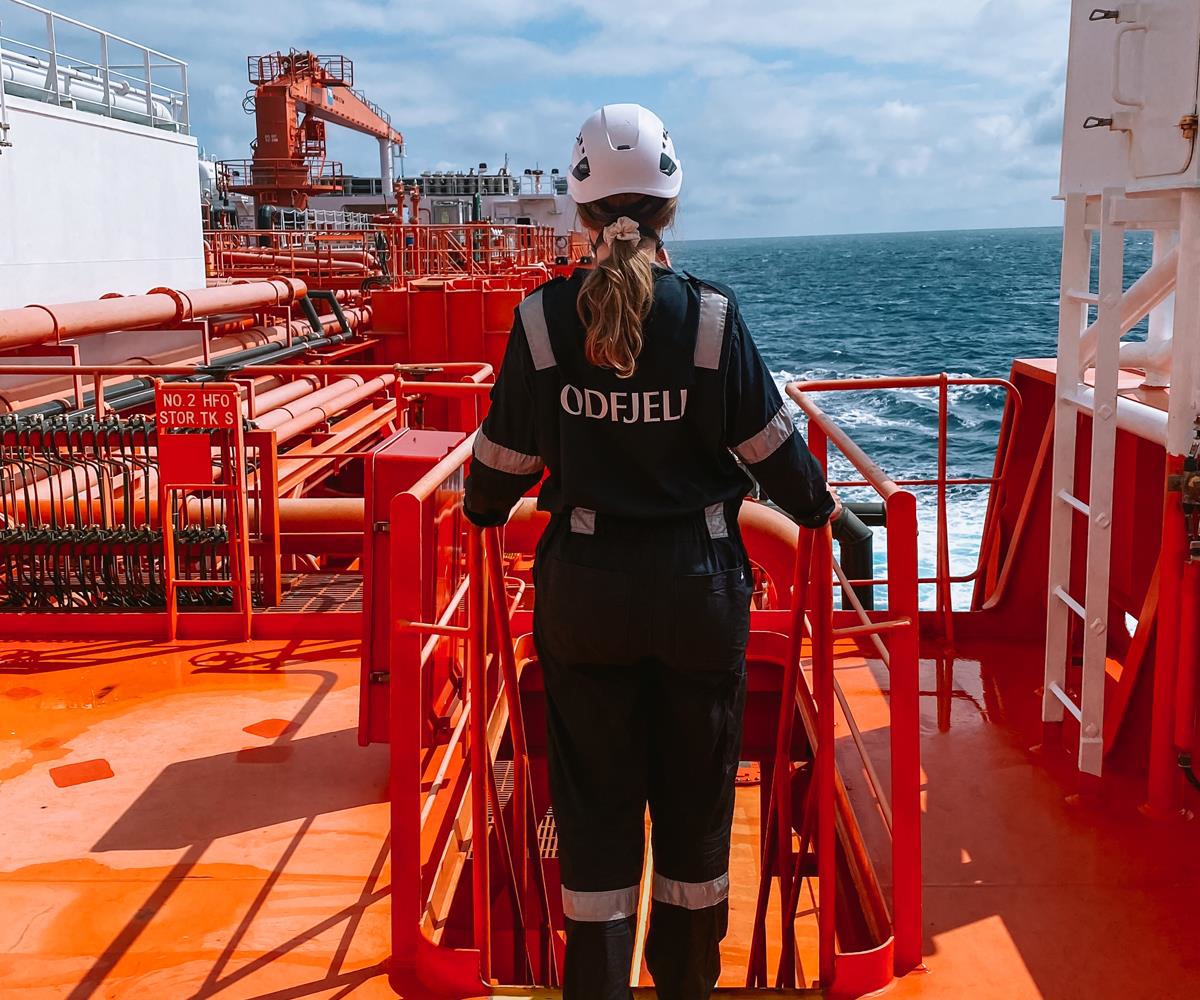1 Introduction

The maritime industry holds a key position among the Norwegian ocean industries. Moving into the future, the maritime industry will become greener and more digital. If we are to succeed with this transition, the industry needs competent people from the entire workforce – including both women and men. Gender equality is not only important in itself, it is also important for innovation, value creation and a good working environment.
Although Norway is one of the countries in the world with the highest gender equality,1 the Norwegian labour market is characterized by gender segregation.2 Only 15 per cent of employees in Norway work in a gender-balanced profession. That means a profession in which there are more than 40 per cent of both women and men.3 Almost 70 per cent of all the people who work in the public sector are women, while over 60 per cent of all the people who work in the private sector are men.4 In 2021, the overall proportion of women in the maritime industry was 21 per cent, while the proportion of women on board ships was 11 per cent. The fact that fewer women work in the maritime industry means that the industry is ineffective in utilising the potential of the entire workforce.
At the same time, until recent times, there has been little focus on gender equality and diversity in maritime policy and in maritime policy discourse. In 2021, the Norwegian Parliament (Storting) unanimously adopted a resolution mandating the Norwegian Government to draft a gender equality strategy for the maritime sector. This strategy follows up on the Parliament’s request and the Norwegian Government’s goal of increasing diversity in the labour market and improving gender representation in gender-segregated industries.
There are many and complex factors that influence the level of gender equality in the maritime sector. Gender-segregation manifests itself as early as in the choice of education. Factors such as interests, stereotypes, academic performance, and social background can affect educational choices.5 Women who work in the maritime industry have also referred to challenges relating to the working environment, attitudes, harassment, adaptation of equipment, the practical design of the workplace, working conditions and terms of employment. Some of these challenges are perceived as being more significant at sea than in the onshore maritime industry. There are also significant disparities between companies, positions, and different segments of the industry.
Work on gender equality and diversity in business is important for both gender equality policy as well as business policy objectives. The objective of the Norwegian Government’s work and this strategy is to strengthen gender equality and diversity in the maritime sector and to enable the industry to attract employees as well as maintaining its competitive advantage in the face of changes in the market and to society. The companies, and especially their management are responsible for facilitating equality and diversity in the workplace. The strategy has a particular focus on gender equality, and it is the Norwegian Government’s desire that more girls choose maritime education programmes and a maritime career path. There should be equal opportunities to participate at all levels of the maritime industry, including both on board ships and in onshore positions, irrespective of one’s gender. It is of decisive importance to gender equality in the maritime industry that women, not least those women who already work in the industry, consider it a safe place to work, free from harassment, and with the same opportunities as men in terms of career development. Increased gender equality in the industry will provide for a broader recruitment base, increased innovation ability and value creation.
Supporting documentation
The background documentation for this strategy primarily consists of Inland Norway University of Applied Sciences’ Report no. 8/2022 Likestilling og mangfold i maritim næring og utdanning – en kartlegging (Gender equality and diversity in the maritime industry and education – an assessment), which was commissioned by the Ministry of Trade, Industry and Fisheries.6 The report sheds light on the status and development of diversity and gender equality in the industry and in maritime education programmes, and the conditions that prevent and promote gender equality in the industry. When this strategy does not refer to other sources, the background figures and other basic information have been sourced from this report.
Between the autumn of 2021 and the autumn of 2022, input meetings were arranged with relevant stakeholders in the industry, including employee and employer organisations, companies, and educational institutions. The Ministry received a number of submissions during the meetings both in the form of reported experiences and proposed measures.